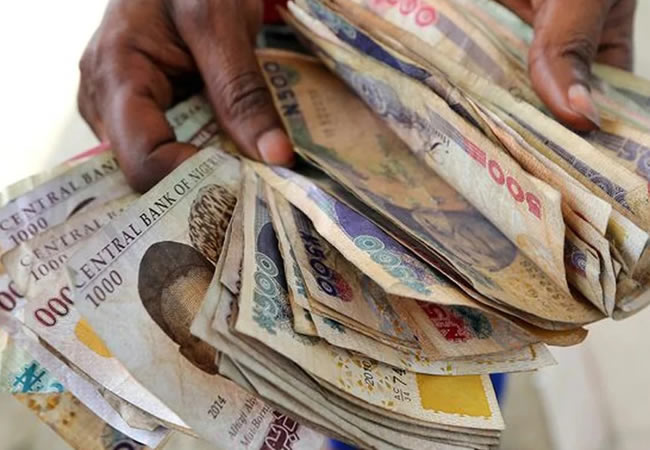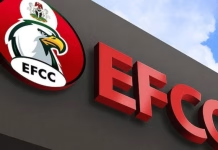Money market rates surged last week due to a liquidity deficit in the banking sector. The market began on a strong note but was impacted by outflows from auction sales, which tightened liquidity further.
Additional debits related to cash reserve requirements also reduced available funds, prompting some banks to seek funds from the Central Bank of Nigeria (CBN) to cover shortfalls. According to AIICO Capital Limited, the financial system opened last week with a positive liquidity balance of ₦398.31 billion, but significant outflows, especially from auctions, resulted in a net liquidity deficit of ₦525.49 billion by week’s end.
Analysts attributed the sharp decline in liquidity to settlement obligations for Open Market Operations (OMO) auctions totaling ₦1.447 trillion, combined with cash reserve ratio (CRR) debits. Although substantial Remita inflows were credited to the system, these could not offset the negative impact, pushing the market into deficit, according to a report from AIICO Capital Limited.
Data from the FMDQ platform showed that short-term benchmark interest rates rose sharply, reaching double-digit levels, indicating tightening liquidity. The Nigerian Interbank Offered Rate (NIBOR) increased across most maturities, reflecting this liquidity strain, according to Cowry Asset Limited. Specifically, the repo rate rose 12.73% to 31.95%, while the overnight lending rate jumped 12.80% to 32.48% on a weekly basis.
AIICO Capital analysts noted, “We expect rates to remain high, even with inflows from SWAP maturities and FGN bond coupons.”
At the start of the week, banks were in a favorable liquidity position with over ₦200 billion in credit, as obligations were limited, according to TrustBanc Capital Limited. However, from Wednesday onward, settlements for OMO and NTB auctions totaling ₦1.54 trillion swept the system into a deficit, lasting for three consecutive days. Interbank rates, which hovered around 19% early in the week, surged past 30% midweek due to these increased funding obligations.
“Given the tight liquidity conditions expected to persist in the coming week, we foresee elevated interbank rates,” analysts commented.
In October, Nigeria’s interbank market faced persistent liquidity pressures, largely driven by CBN’s foreign exchange interventions, CRR debits, and frequent OMO auctions. The month began with a sizable credit of ₦709.32 billion, but liquidity declined sharply over the period, resulting in an average debit of ₦579.71 billion.
This was a steep increase from the average negative liquidity balance of -₦26.13 billion recorded in September, despite significant inflows during that month. Mid-October saw temporary relief from FAAC disbursements and other state inflows, bringing interbank rates down to 19%-25% by month’s end.
However, funding pressures persisted, pushing rates as high as 34% during peak OMO settlements before settling around 26%-27% following FAAC inflows.
By the end of October, the open repo rate and overnight lending rate (OVN) rose by 2.92% and 2.78%, reaching averages of 30.59% and 30.99%, respectively.













